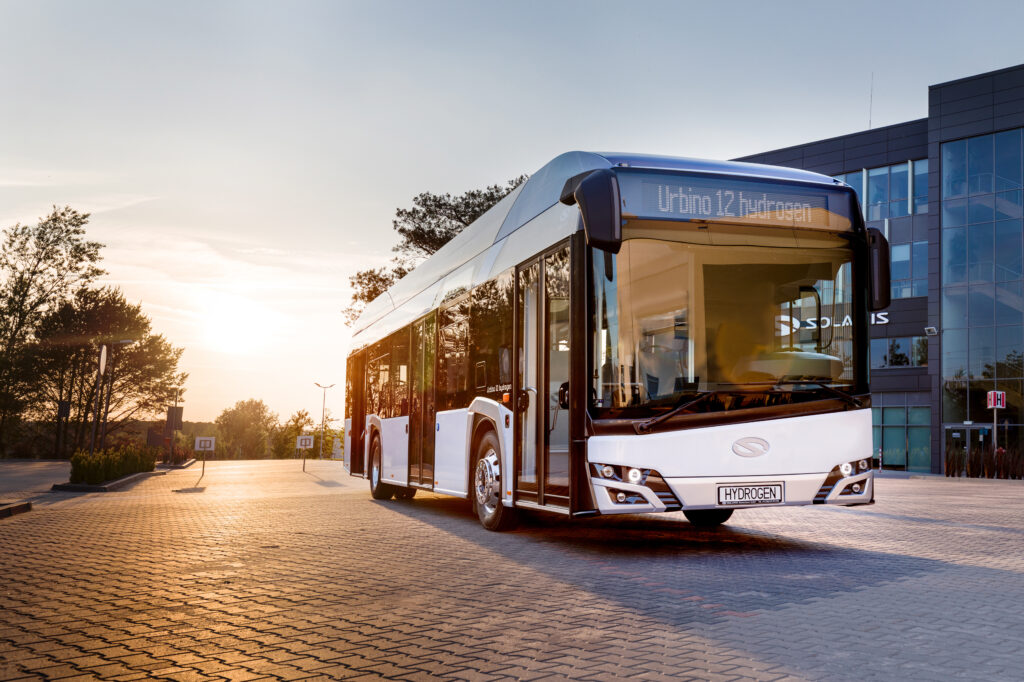
Hydrogen buses are the future of urban transport – quiet, zero-emission, and increasingly accessible. They produce an exceptionally low noise level, and the only by-product of the chemical reaction in the fuel cell is clean water. The Solaris Urbino hydrogen is a technologically advanced city bus that combines all the advantages of electric drive with greater range and operational flexibility. The model is available in two versions – 12 and 18 meters – allowing operators to match the vehicle to the needs of specific routes.
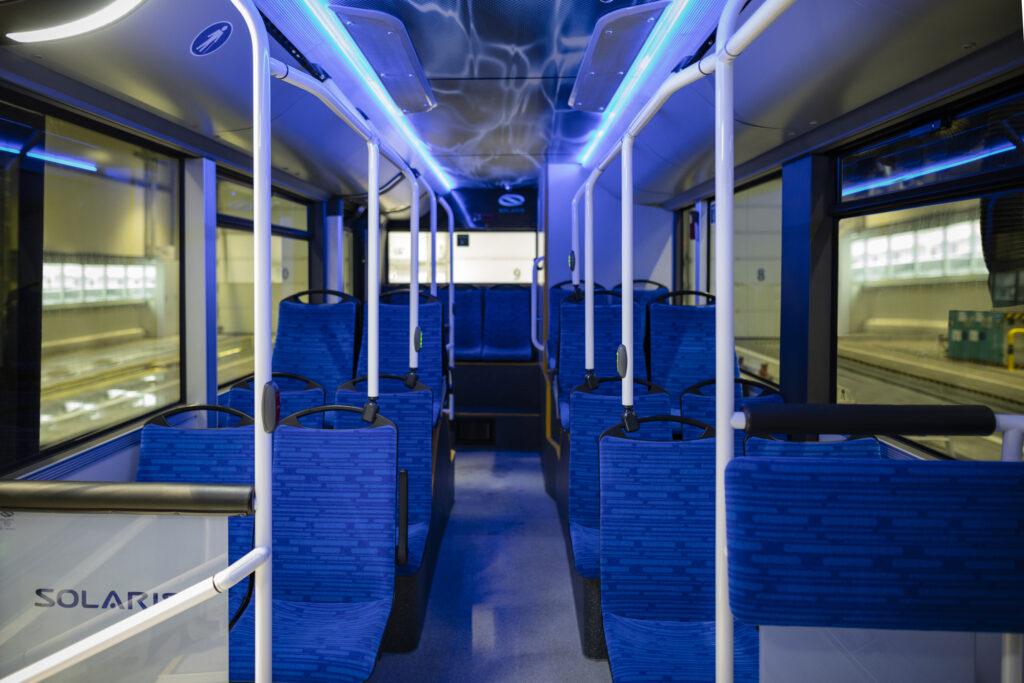
Solaris Urbino 12 hydrogen offers a range of up to 350 kilometers on a single refueling, ensuring smooth and comfortable zero-emission travel. The articulated Urbino 18 hydrogen, designed for the busiest routes, can cover up to 600 kilometers and carry up to 140 passengers. Both models are a real alternative to combustion-powered transport and a direct response to the challenges faced by modern cities.
Refueling a hydrogen bus to full capacity takes just a few minutes, providing transport operators with valuable flexibility. Currently, around 300 hydrogen refueling stations are operating across Europe, with the highest numbers located in Germany (113) and France (65). Additional stations are under construction, reflecting the dynamic development of hydrogen infrastructure across the continent.
The expressive body line of the Urbino and its comfortable interior guarantee a modern and unique travel experience for drivers and passengers of modern metropolises. Most importantly, however, the hydrogen drive is completely zero-emission – the only product of the chemical reaction that takes place in the hydrogen cell of a hydrogen bus is water.
Hydrogen buses have all the advantages of an electric drive – i.e. emission-free, quiet and vibration-free driving – with an even greater range and extremely fast refueling. These vehicles will find usefulness especially in the areas of transport that require a large range and flexibility in operation.
It is worth emphasizing that hydrogen cells complement battery drives, not competing with them. The synergy of the development of all the pillars of electromobility will accelerate the transformation of public transport into zero-emission and will ensure effective decarbonisation of transport. This is the key to ensuring a favorable and safe urban space of the future.
The dynamics of changes in the area of the development of the hydrogen economy is truly impressive. This is clearly seen in the bus industry: in 2015, Solaris delivered the first hydrogen-powered articulated buses to a customer in Hamburg, then 10 trolleybuses with a hydrogen range extender in 2018, to present the first, innovative 12-meter hydrogen bus in 2019. Today, just a few years later, Solaris is already implementing orders for Urbino 12 hydrogen buses for carriers and representatives of local governments from Austria, the Netherlands, Germany, Poland, Sweden and Italy. In 2022, Solaris expanded its portfolio with the articulated Urbino 18 hydrogen model, which has since gained recognition across European markets. In Germany, these buses have been delivered to cities such as Cologne and Aschaffenburg, and they will soon be seen on the streets of Frankfurt am Main and Essen. In Spain, the model will be deployed in Barcelona, while in France, the city of Belfort has placed an order. In Poland, the first units have been ordered by the city of Konin. The Urbino 18 hydrogen has also been awarded the prestigious “Bus of the Year 2025” title, confirming its innovation and high manufacturing quality.
Pure benefits
The Solaris Urbino 12 hydrogen is a zero-emission city bus powered by a hydrogen cell. This highly technologically advanced vehicle offers a range of up to 350 kilometers while maintaining all the advantages of an electric drive. The bus produces extremely low noise levels, and the only product of the chemical reaction that takes place in the hydrogen cell is water.
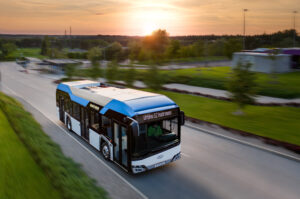
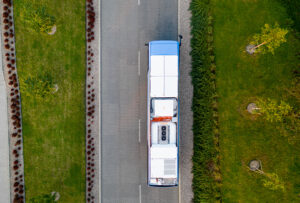
Available technology
It only takes a few minutes to fully refuel the hydrogen bus, which will provide flexibility for transport operators. There are currently 200 hydrogen refueling stations in Europe, and another 100 are under preparation. This technology is therefore becoming more and more available.
A new travel experience
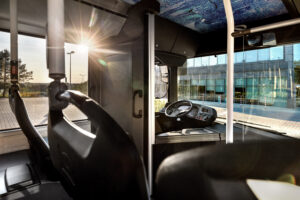
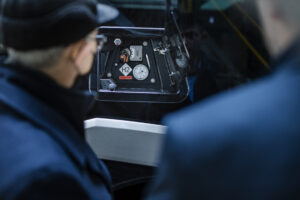
All the advantages
Hydrogen buses have all the advantages of an electric drive – i.e. emission-free, quiet and vibration-free driving – with an even greater range and extremely fast refueling. These vehicles will find application especially in the areas of transport that require a large range and flexibility in operation.

